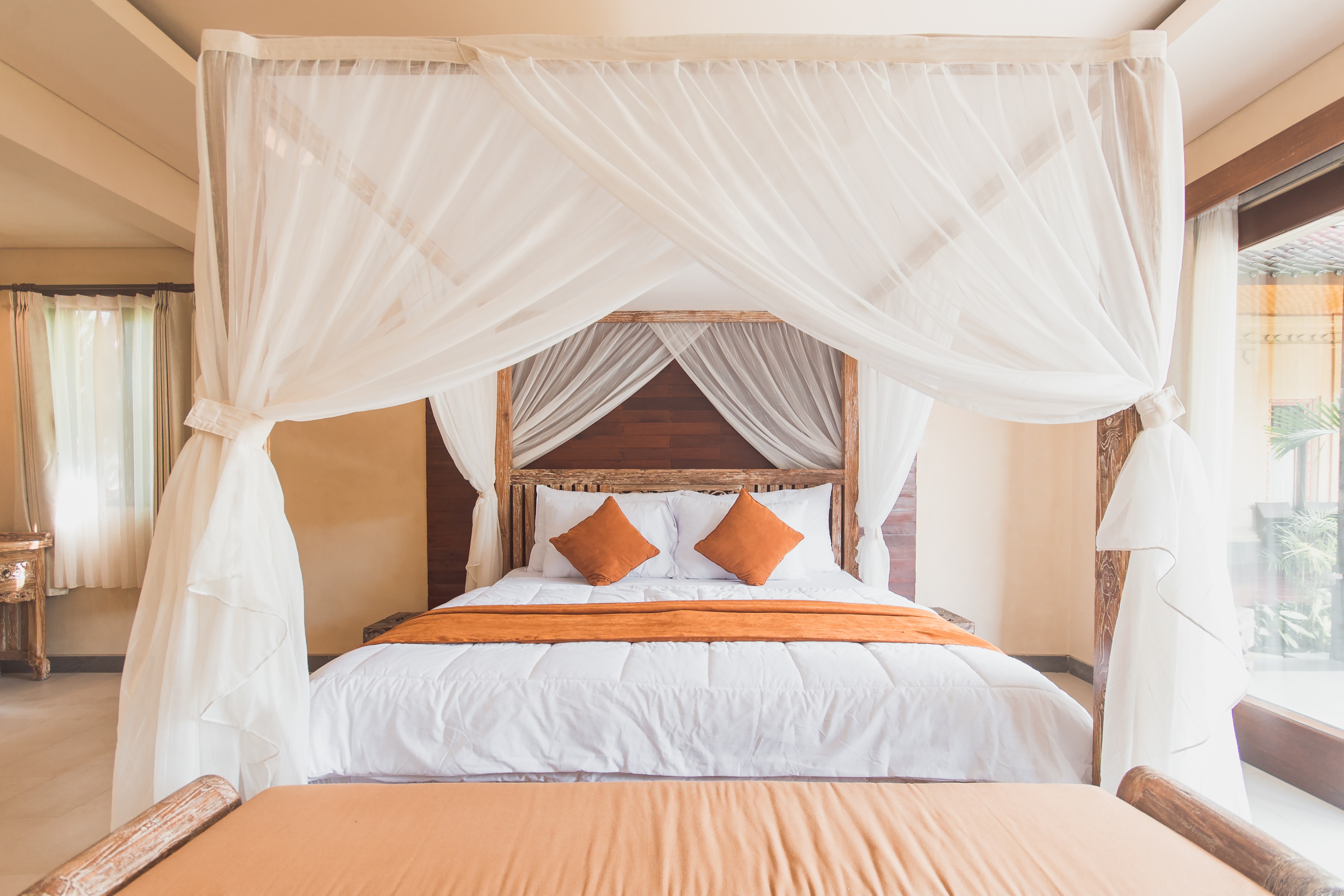Sleep, or lack thereof, is having a cultural moment right now and the polysomnography, or overnight, in-lab sleep test, has become part of our national vocabulary. A recent study conducted by the University of Pennsylvania indicates that one quarter of the population experiences acute insomnia during the course of a year, with six percent of these cases turning into a chronic problem.
When people learn I have a severe sleep disorder, the first question I’m often asked is if I took a sleep test. “Of course,” I tell them. A sleep test the is only universally certified way to determine if you suffer from a sleep issue—and pinpoint what it is.
I don’t mind the intrusive questions at all. If anything, it’s a good sign, that people are growing aware there’s a method to clarify what’s going on when you’re sleeping. Often, though, I detect a whiff of fear accompanying the question. “What I want to know,” my older brother said, “is how you can get to sleep all wired up with a bunch of people watching you.”
Obviously, a bit of public hand holding is in order because it’s ridiculous, childish and dangerous for individuals who should have gotten over their fear of the dark long ago to be afraid of taking a sleep test. I hadn’t slept in 339 days, and the test saved my life. Come on, people. It’s one night. How many nights of sleep have you surrendered to insomnia?
I was as apprehensive about it as the next person, but my sleep problem had grown so debilitating by then—I’d lost over 40 pounds and all semblance of a regular life had been abandoned—that I was willing to drool on a pillow while somebody took notes.
So allow me to dispel the various myths and extraneous anxiety. A sleep test is not the nightmare you imagine or your neighbors gazing through the window at you. You’re in the hands of trained professionals who’ve seen it all before. During my test, it wasn’t even a window. Discreet closed circuit cameras, like you’ll find in so many other areas of our modern lives, tracked my movements.
“Don’t they put wires on you from head to toe?” is a common concern. Indeed they do. You feel a bit like it’s a science experiment. A belt is used to prevent tangles and the bed supports the burden of circuitry, leaving the patient freedom to toss and turn.
“What if I can’t sleep?” is another bugbear. Well, that’s why you’re there, silly! You’re not sleeping. These folks will tell you why. Besides, odds are, you’re sleeping more than you think. It’s what sleep expert Dr. Chris Winter calls in his best-selling book, The Sleep Solution, paradoxical insomnia. The sufferer is an unreliable narrator of what’s actually going on. It only seems like you’re awake all night. More rightly what’s going on, according to Winter, is that the insomniac sleeper is experiencing a series of micro-sleeps punctuated by arousal, which isn’t physically restorative and why you feel like you haven’t slept at all.
If you take prescription sleep medicine, no problem. These professionals understand precisely why you might be the pharmacist’s best friend. The rules are few and quite simple: no sleeping in the nude, which is probably good advice for any semi-private circumstance.
If you remain worried, maybe you should do what I did. I didn’t study any of the preparatory material sent to me at all in order to maintain a certain emotional plausible deniability. My wife, however, is kind of a nerd and she read everything. I figured if there was something in there objectionable, unseemly or downright degrading, Janet would have told me, but she remained gung-ho about my prospects right up to the moment she dropped me off at the sleep lab for my overnight polysomnography.
“How was it?” Janet asked the next morning. I shrugged my shoulders to indicate meh. It was really a big nothing. The technicians were exceedingly kind. The room was more like hotel accommodations. I was glad I brought my favorite pillow. My fear of performing some unwitting, humiliating act in my sleep was tempered by the fact I’d probably never see any of these people ever again.
By the time the test results arrived two weeks later, the overnight was just something necessary to endure, like orthodontia during my teenage years. As with braces, afterward I was glad I did it. The scary part wasn’t the test. It was what the results showed, that every night I went to bed, there was a chance I wouldn’t wake up the next morning. My doctors addressed that. After taking the much dreaded sleep test, I sleep easy now.


